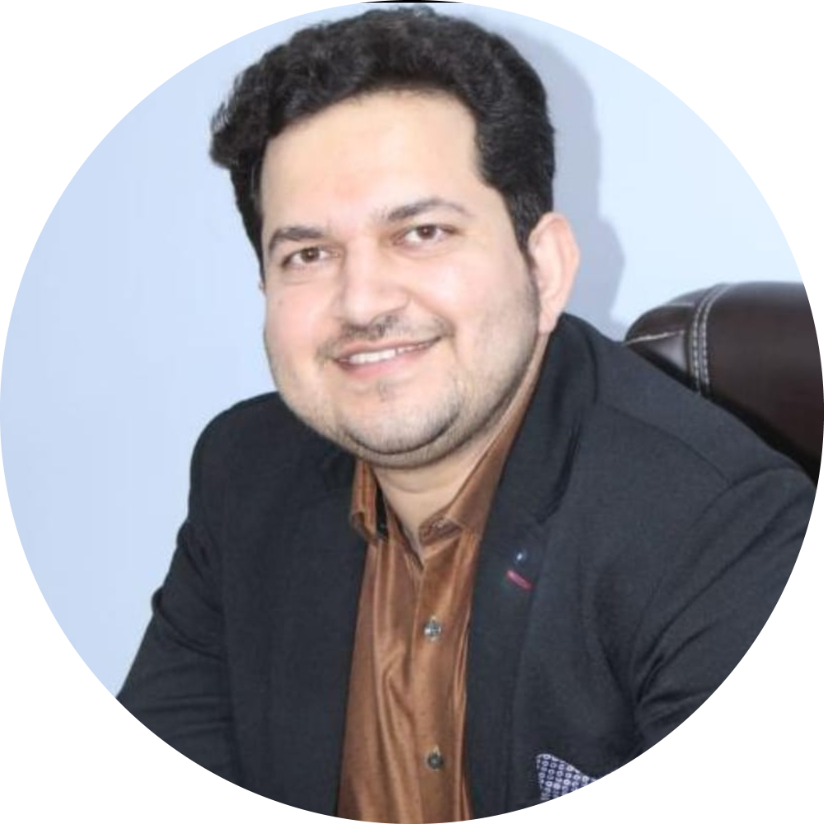An oxygen concentrator is a type of medical equipment that provides oxygen supply to patients whose O2 levels are lower than normal because either their lungs aren’t able to inhale enough oxygen or the inability of their body to circulate enough oxygen. The World Health Organization considers oxygen to be a basic requirement for the task of saving the lives of severely ill patients. It can be required by patients of any age, from infants to the elderly. Oxygen therapy via concentrators is often required for people with severe hypoxia, pulmonary edema, etc. Concentrators are often used for providing home care in situations where the condition of the patient is long-term or chronic.
98% Savings - Buy Urjas Massage Oil Just @9 Rs
X

- हिं - हिंदी
- En - English















































